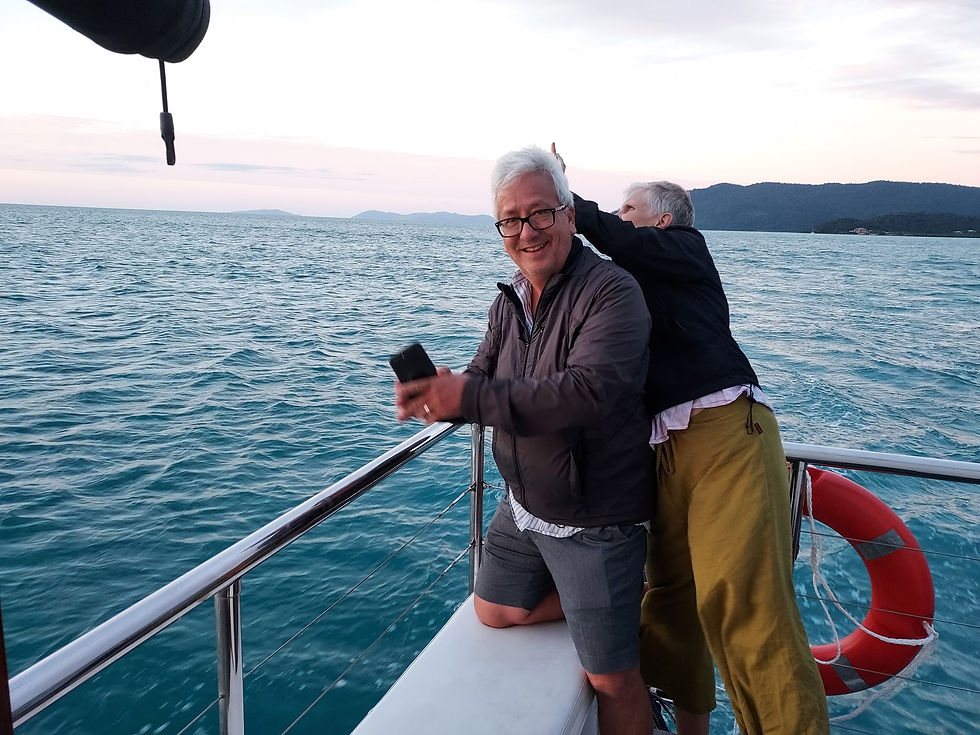Economic Development Toolkit
- Lise Oakley
.jpg/v1/fill/w_320,h_320/file.jpg)
- Oct 3, 2023
- 2 min read
Economic development is a strategy that provides First Nations with a way to meet the needs of community members. These needs include adequate food and shelter, healthcare, education and social programming, employment and business opportunities, and more.
Beyond basic needs, economic development is a way to create prosperity for present and future generations by building wealth through businesses, investments, hard assets, and more.
About The Toolkit
This BCAFN toolkit helps First Nations navigate the entire economic development process and simplify it into achievable goals at each step. The toolkit provides tips, tools, and techniques to help guide those responsible for making the plan.
Put simply, economic development is about creating a plan and then implementing it. It sounds simple in theory, but it has many moving parts that need to work together for successful outcomes.
Five-Part Economic Development Process
If you break it down, the economic development process has five main components.
Part 1: Strategy
This part of the plan identifies business opportunities and any market forces driving the need. The advantages and resources a group can bring to the table are also mentioned, providing a big-picture view.
Lastly, this part provides a due diligence checklist so everyone can do their homework around the details before a project can proceed. These can be legal, governmental, financial, geographic, environmental, cultural, scientific, or business considerations.
Part 2: Structure
An economic development officer is assigned to a leadership role, and they handle the structure of the economic development project, turning research and ideas into project milestones and tasks in the next step.
Part 3: The Project
During this step, the team creates a project plan containing all steps required to complete an initiative. This document is typically very detailed and has many parts, including a timeline. The project plan includes everything from the vision and goals to implementation, making it the definitive resource for going from A to B.
Part 4: Other Support Services
Beyond the project itself, people require support --- they need tools, resources and mentorship to achieve their entrepreneurial goals. Specifically, business planning and mentoring help is available, and those types of support can make a difference in the community.
Part 5: Community Impacts
This is where the rubber hits the road. Teams measure their success in various ways as it relates to the community. They analyze many indicators, including the number of businesses and entrepreneurs, new jobs created, educational attainment, and more.
A Project Plan Should Account for Everything
Economic Development is a significant undertaking, requiring a coordinated effort. People with many different types of knowledge and skills must collaborate, and their work needs to be organized into a project plan so everyone has clarity about their role.
The BCAFN Economic Development Toolkit provides advice, tools, and techniques to help motivated leaders and entrepreneurs make economic growth happen in First Nations communities.
To learn more, view the economic development toolkit here: https://www.bcafn.ca/sites/default/files/docs/Proof1_MC_Economic-Development-Tips-Tools-Techniques_0.pdf



Comments